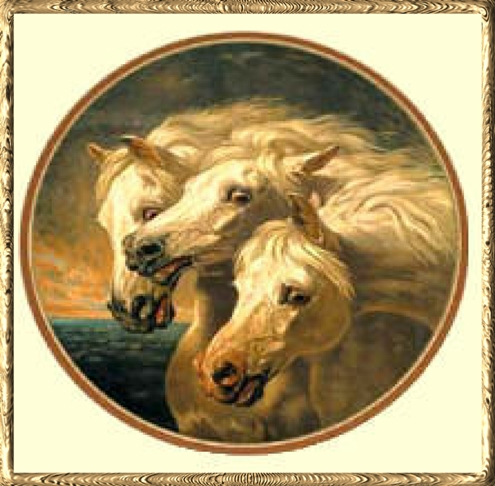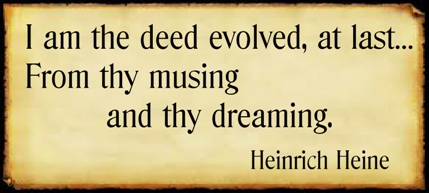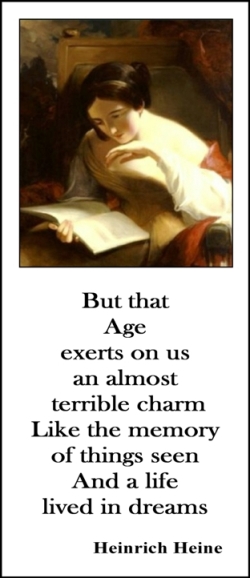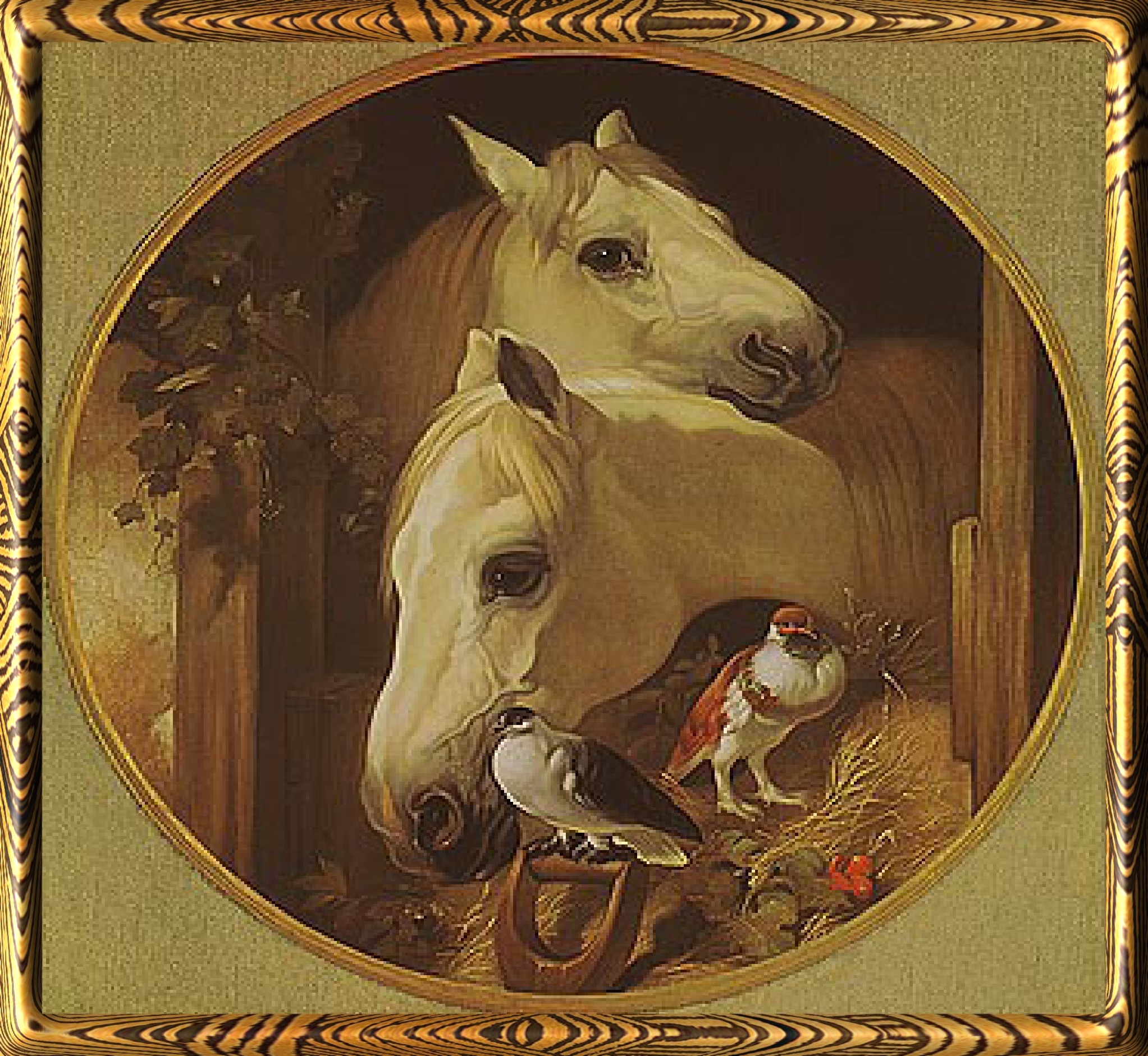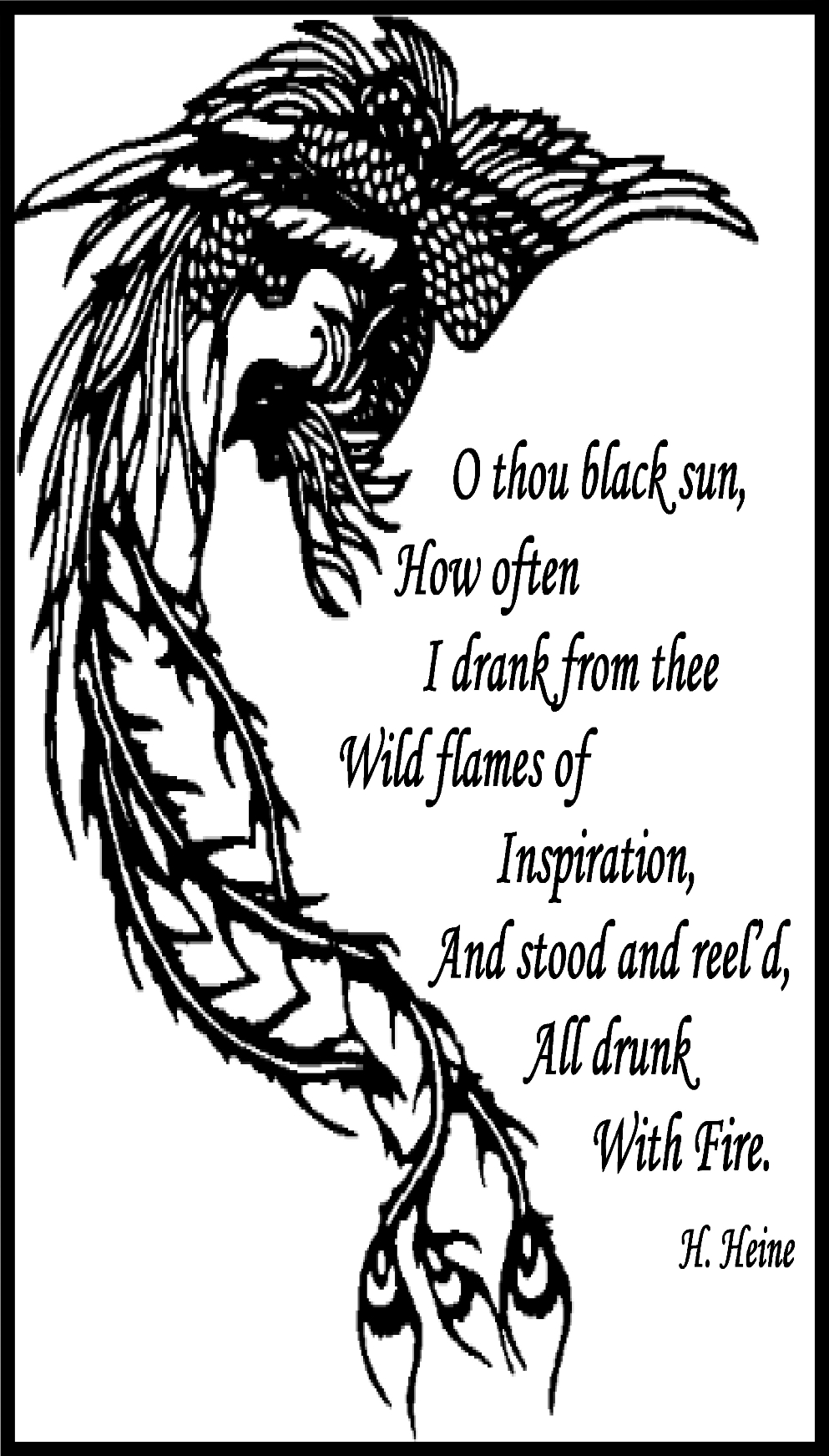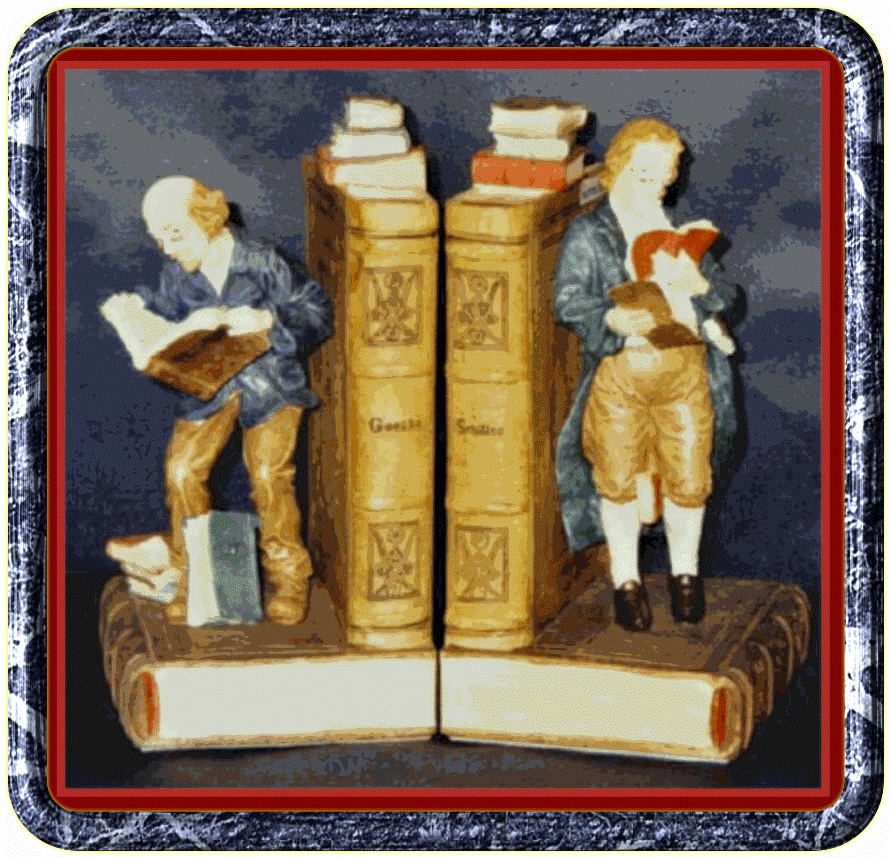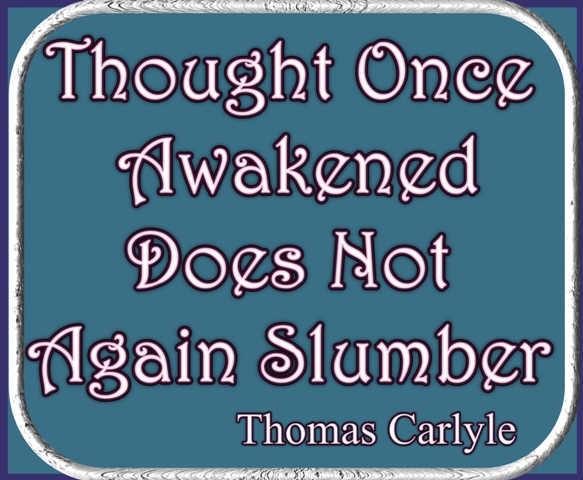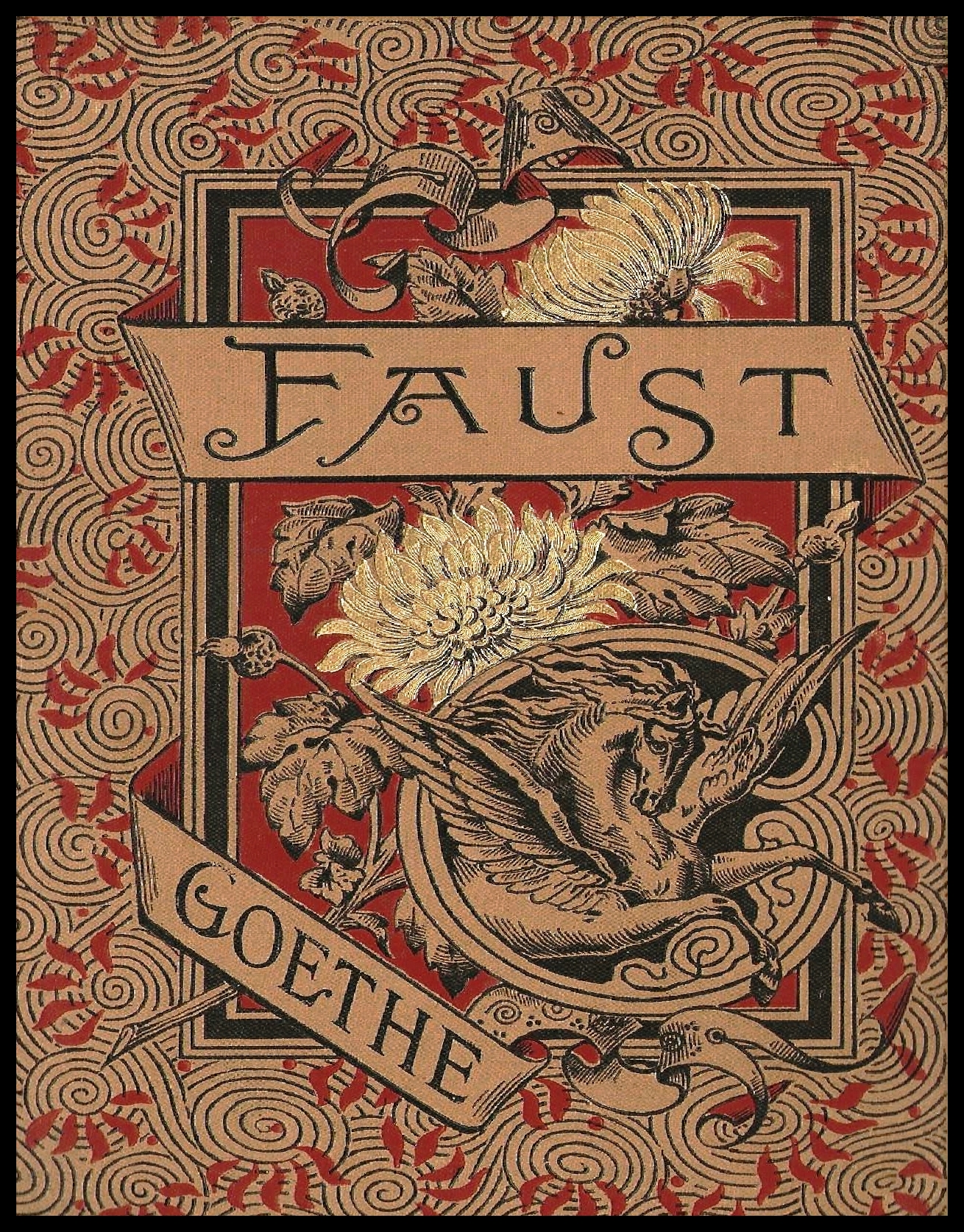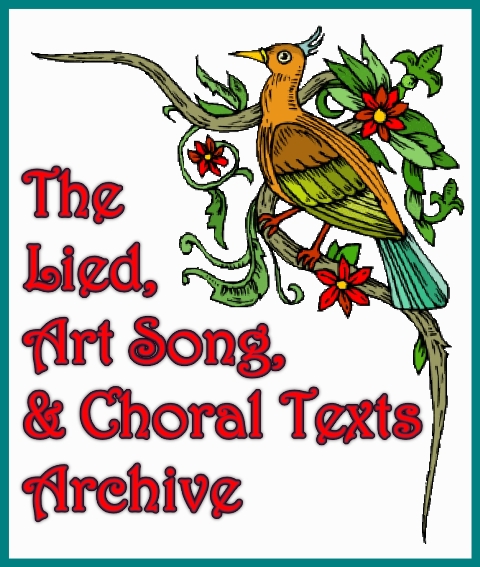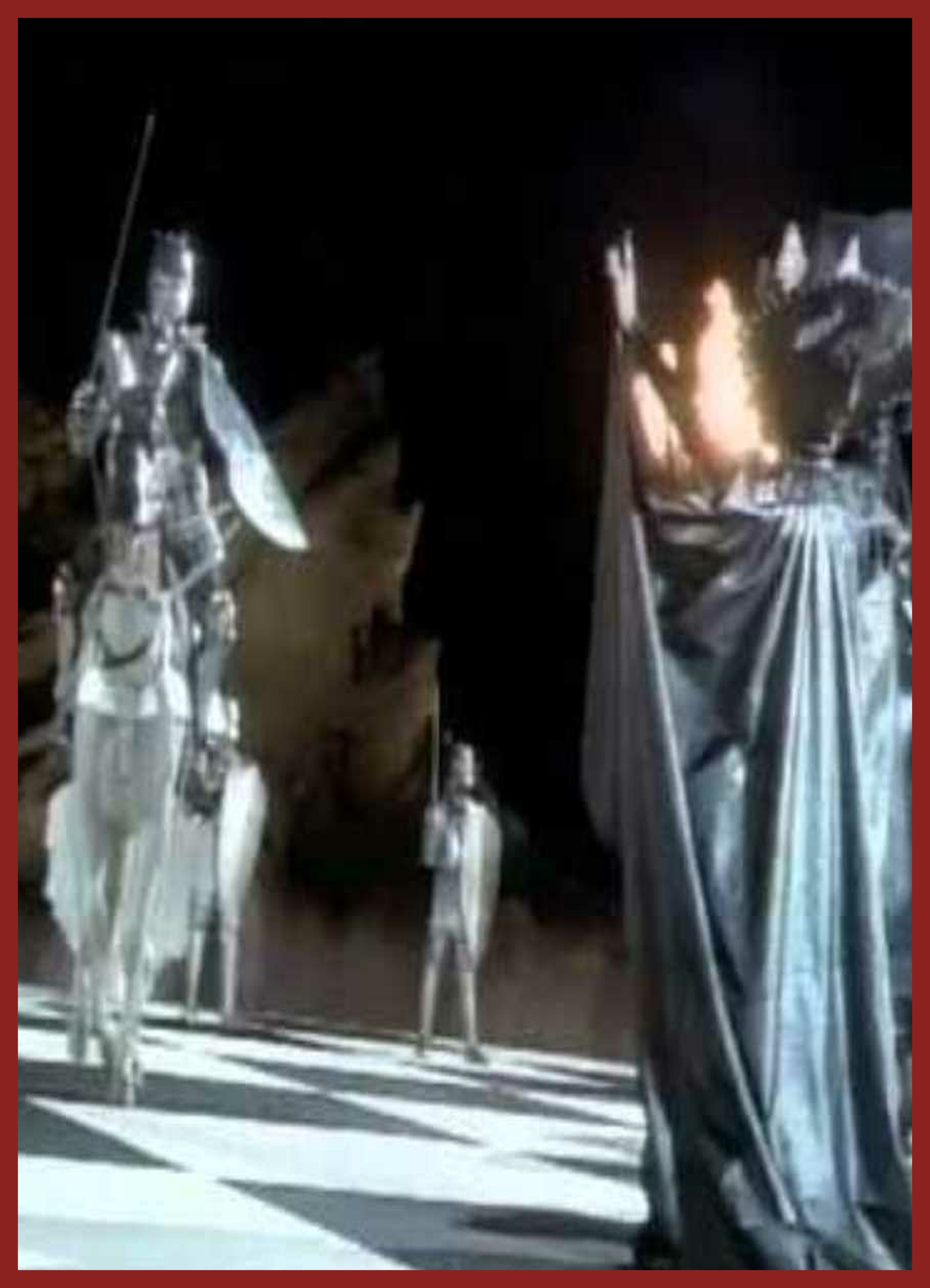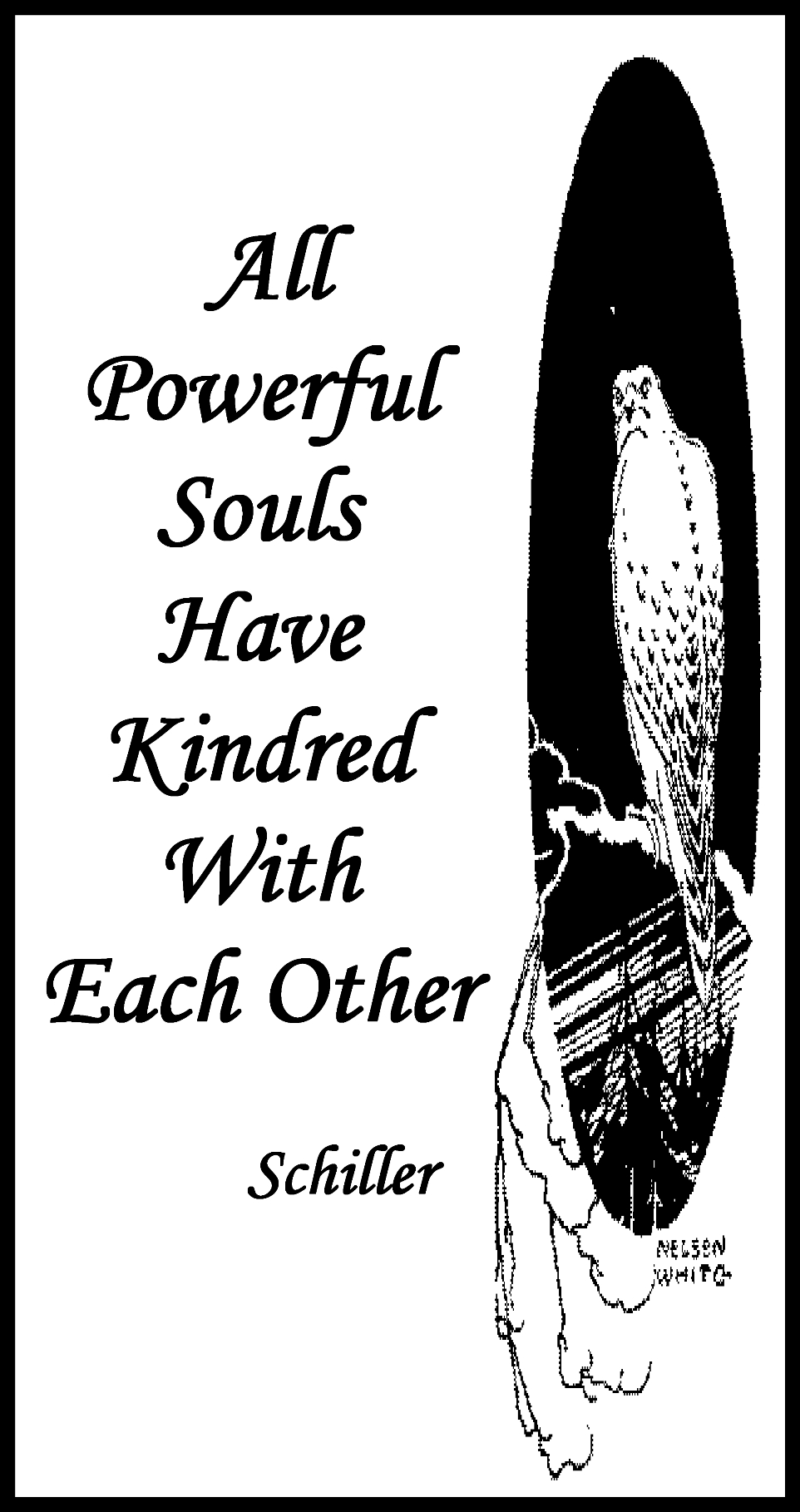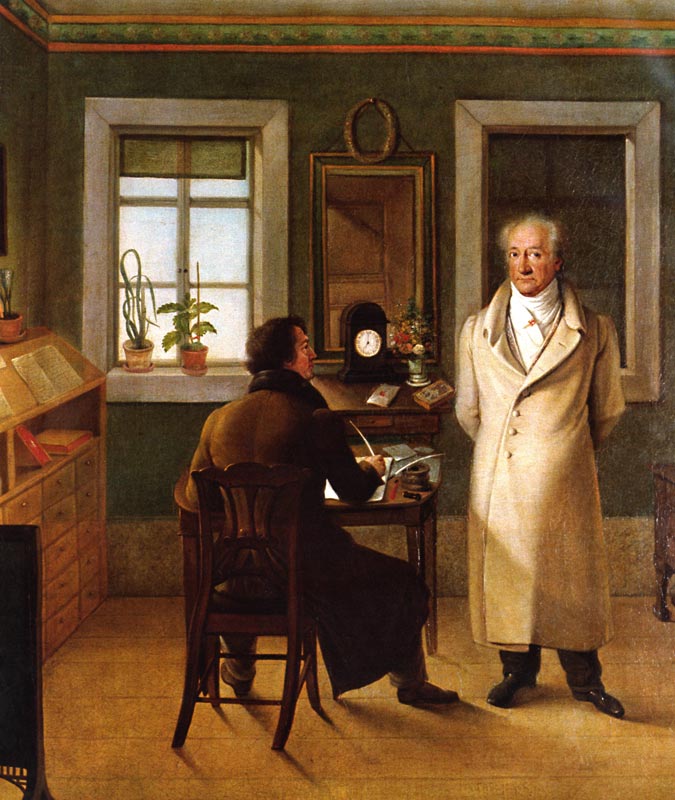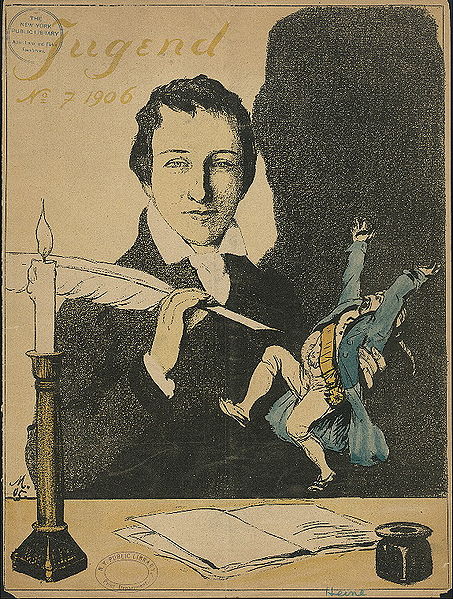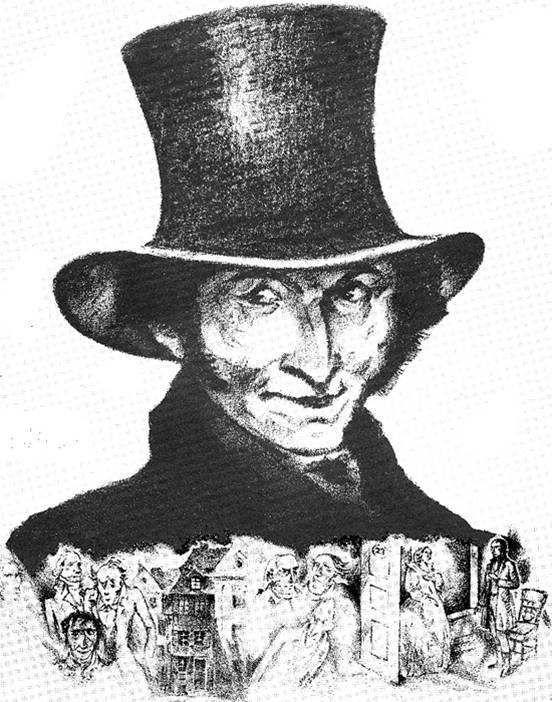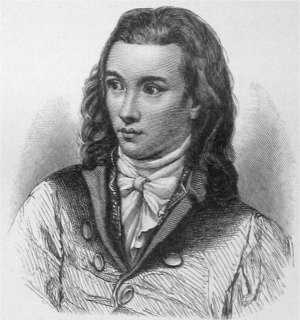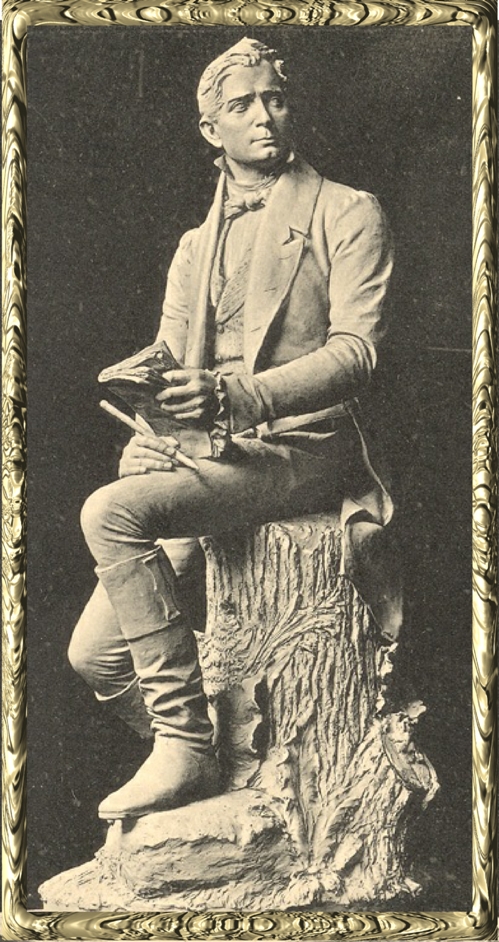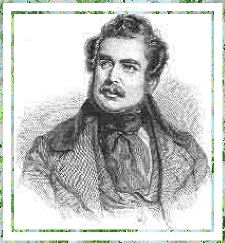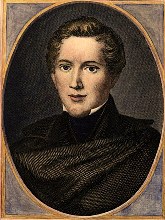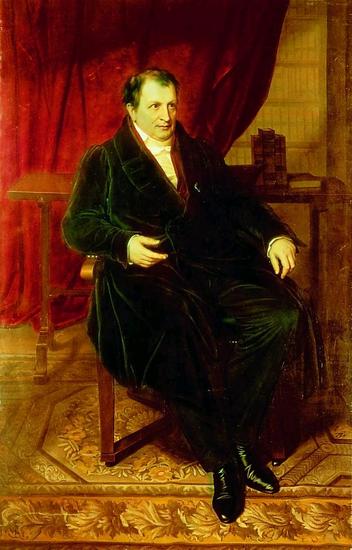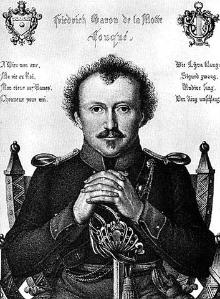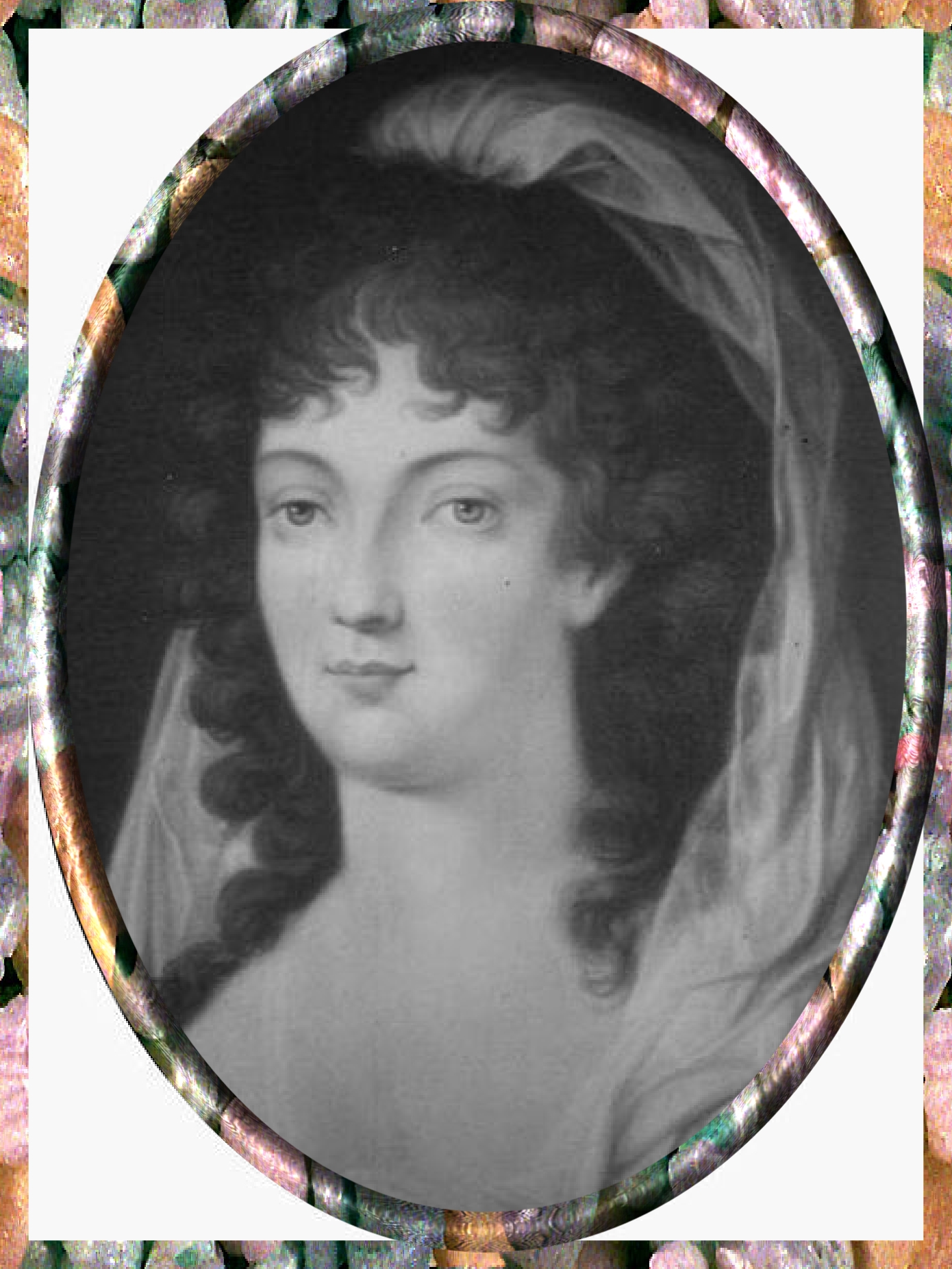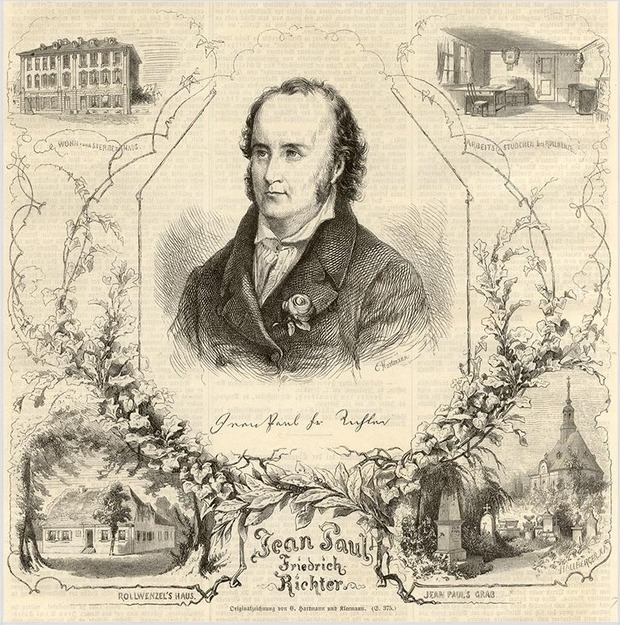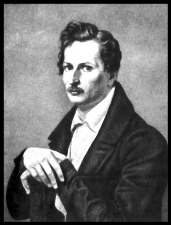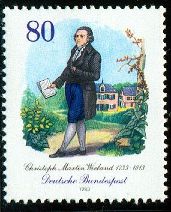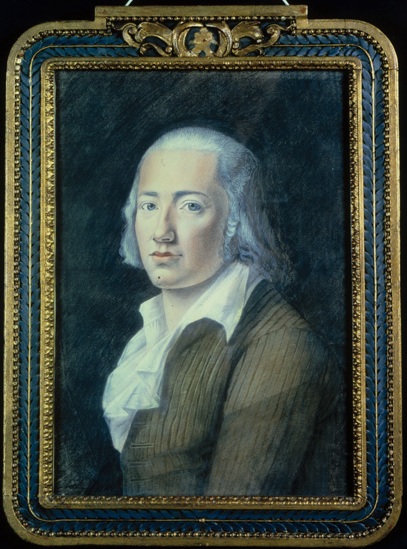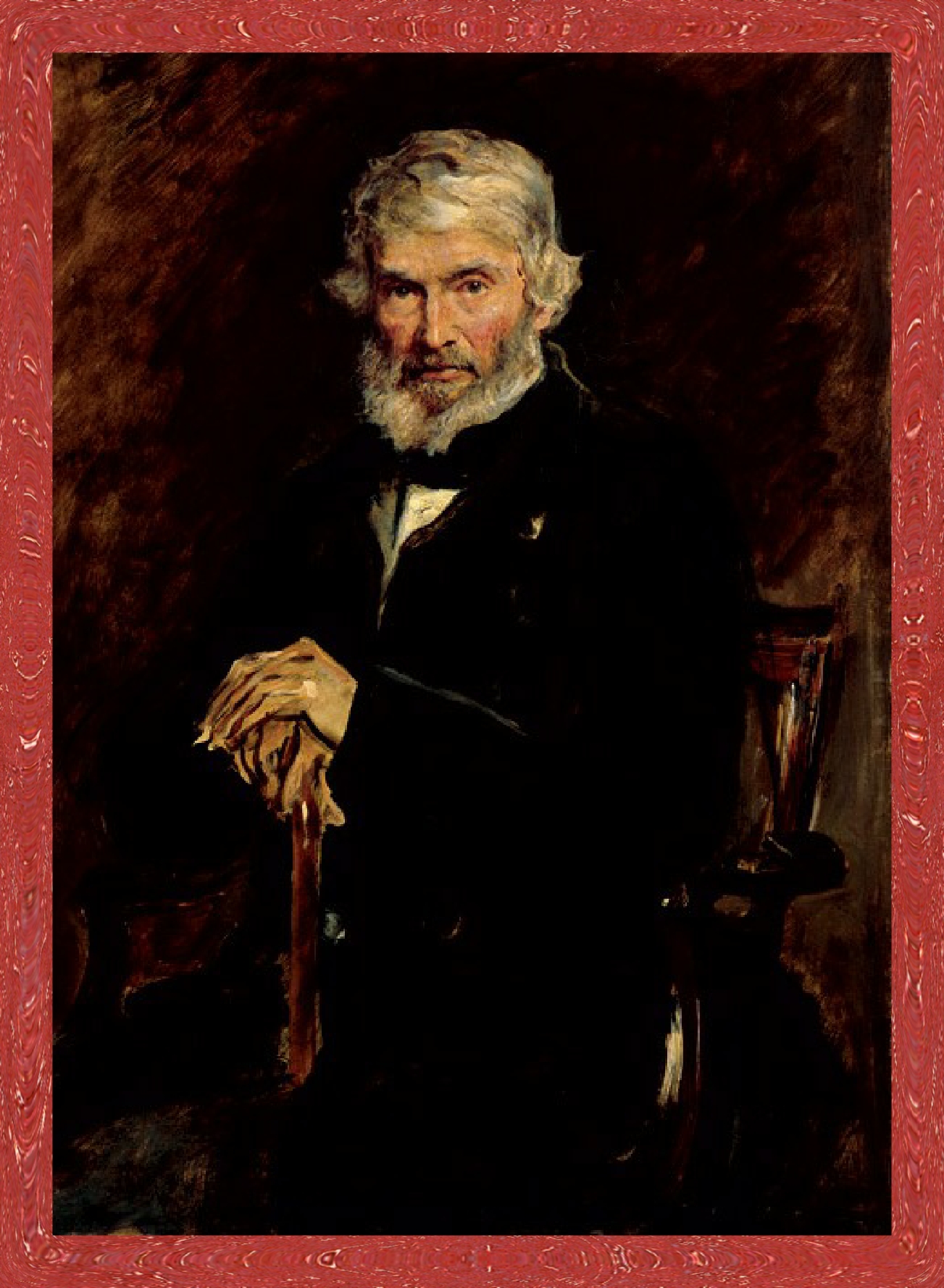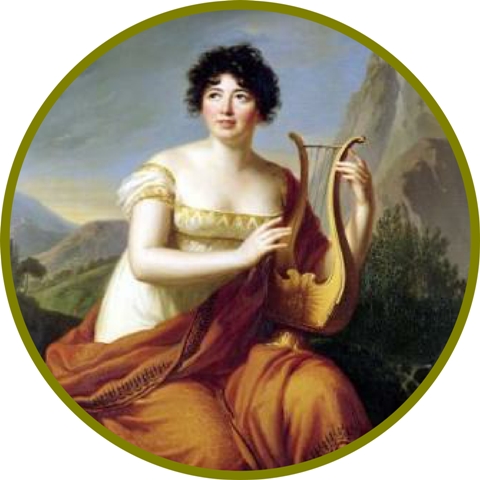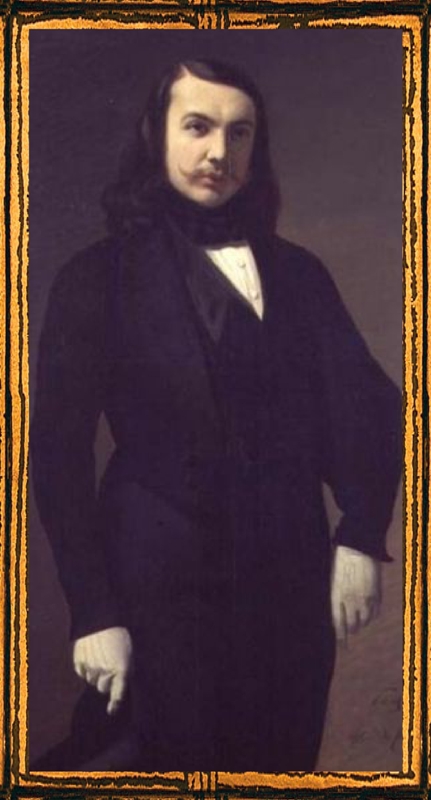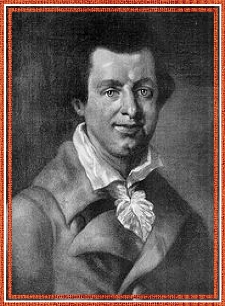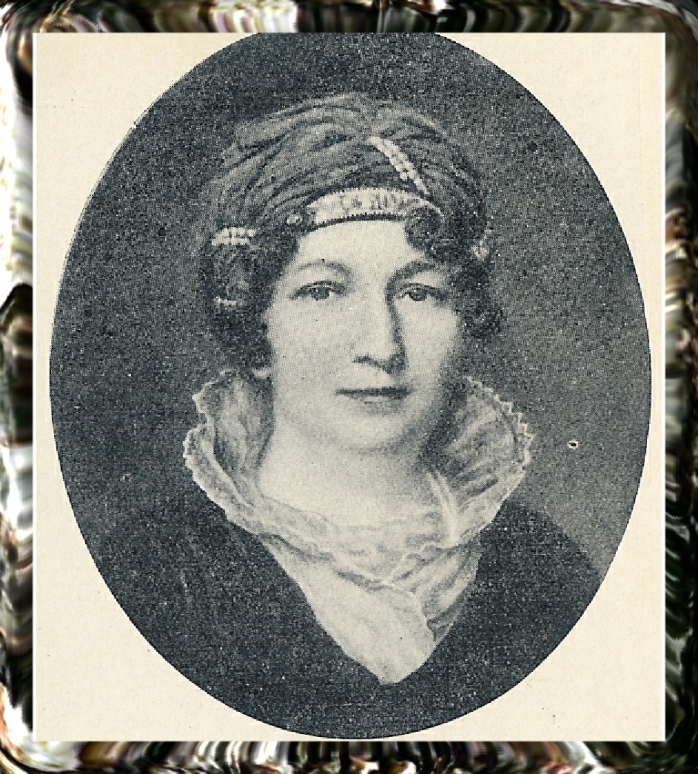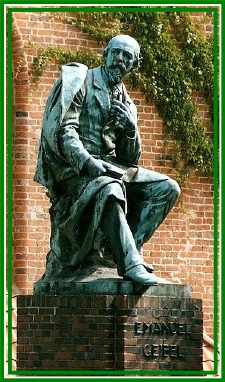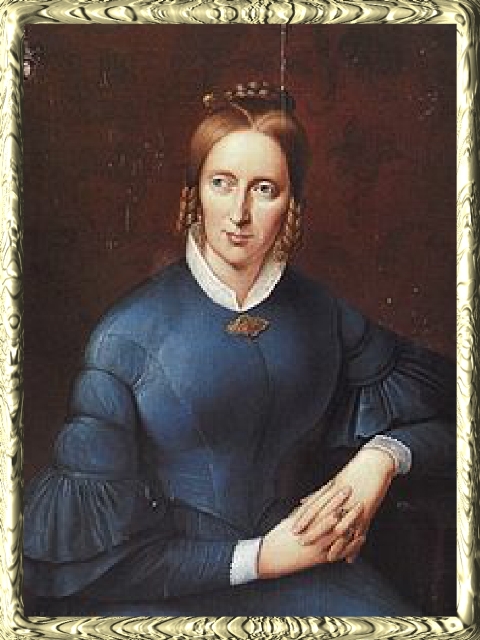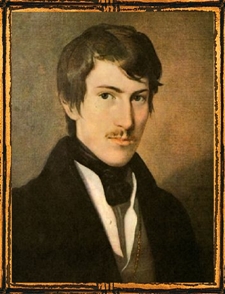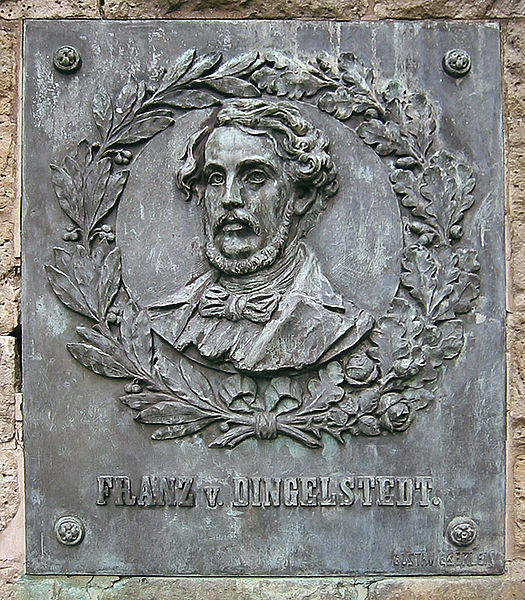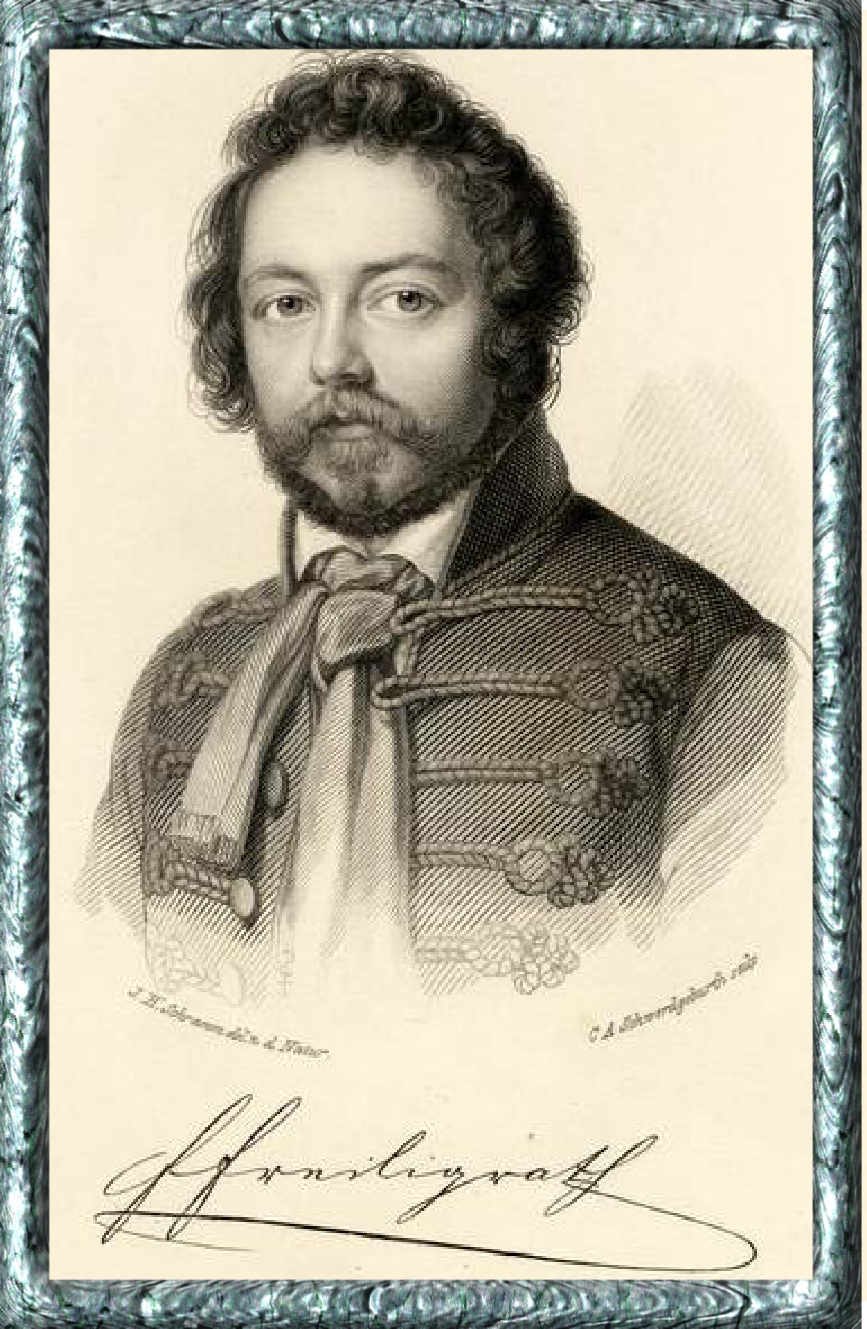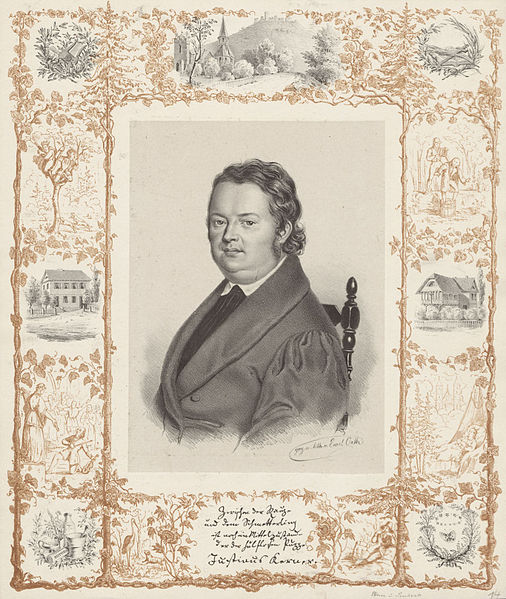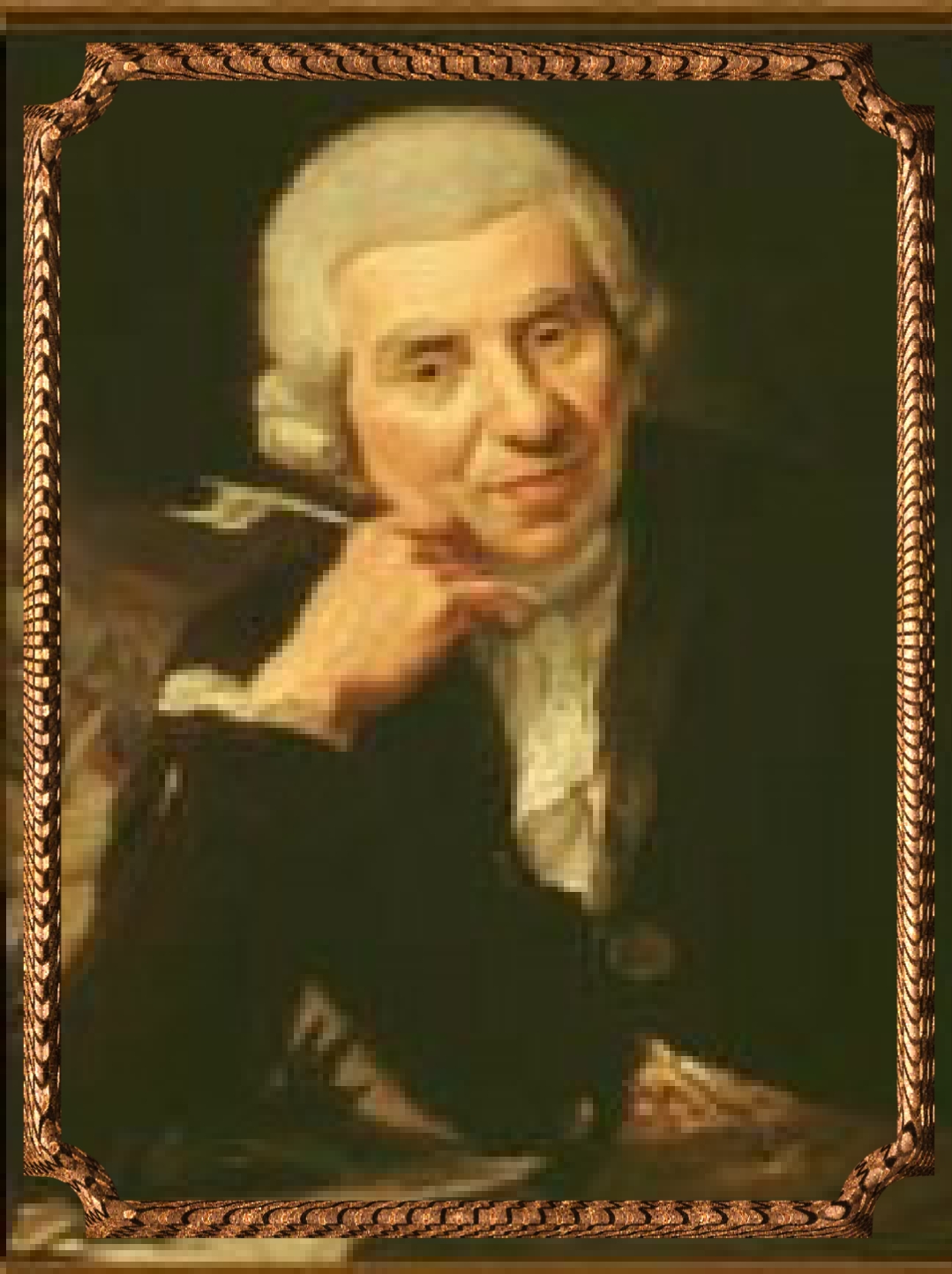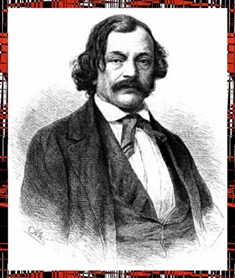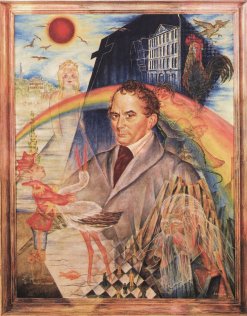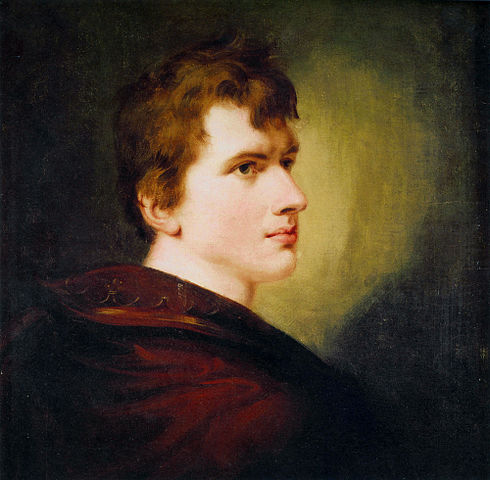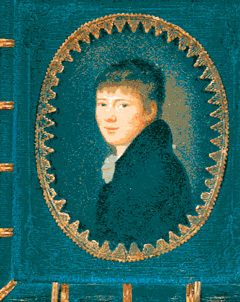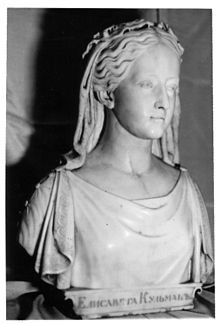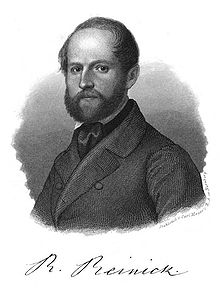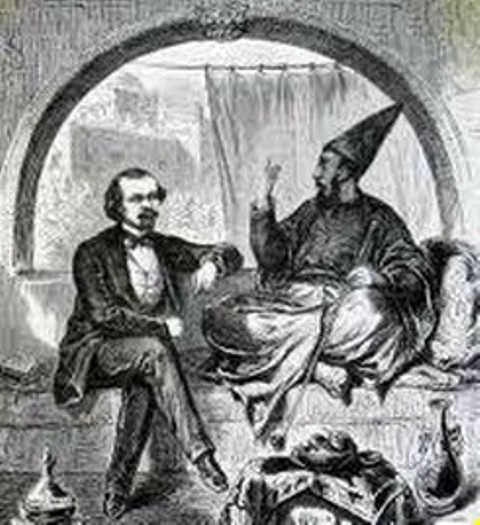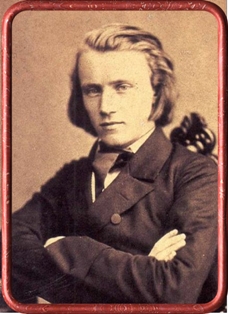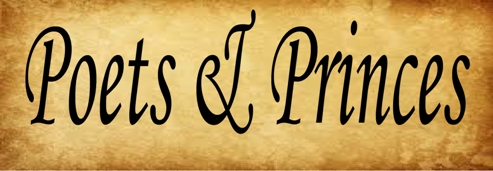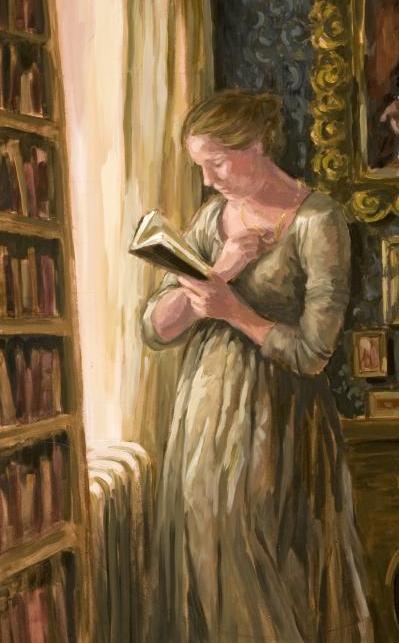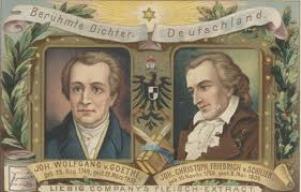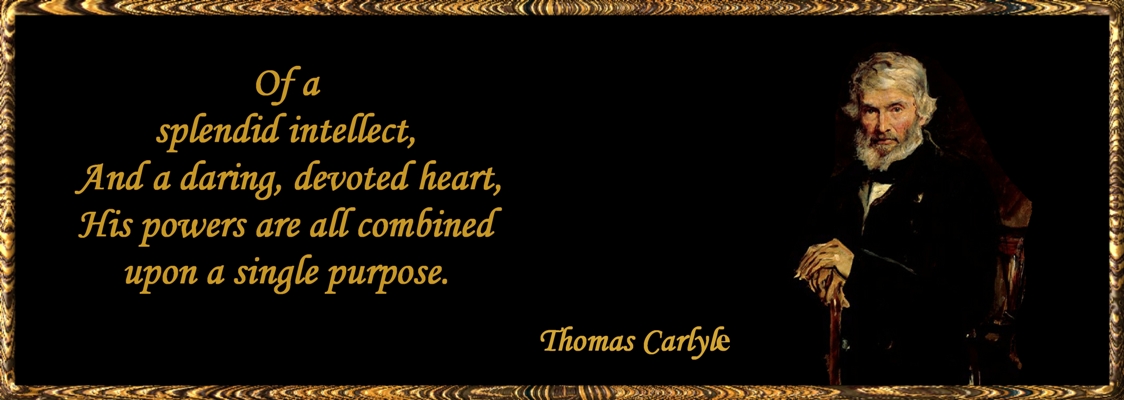Category Archives: Pieter Bruegel the Elder
Twila Sharpe: “The Cloth So Tinted”
Used by kind permission. © 2007 by Twila Sharpe.
Pieter Bruegel the Elder, “The Painter and the Connoisseur” c. 1565
“The Cloth So Tinted”
.
I paint the knights, in ringlets gold;
And, softly slip a shimmery cream.
Their ‘eyes’ too blue to mesmerize–
,
Contained in gardens’ moonless fold–
Immense comets, earthward stream.
Surrender, lance, to steely ice;
.
Attaint pristine, aquatic hold–
Sublime, her store, the bronzy bream–
My brush not dipping once, but twice!
.
Acquaint myself with ‘tales’ unsold
Yet, said to me in wistful dream:
‘The world’s aswirl, and seldom nice.’
,
The ‘plaint, you see, is brash and bold:
‘No thread in this, no subtle seam,
No stitch in time, no tailor’s vise…’
,
I stained a meager linen, roll’d:
Its ancient age, I made extreme;
And ‘tromp’d’ eyes, unwell, unwise.
.
Against easel damp with mold,
I laid a secret, shameful scheme;
The first of such an enterprise.
.
I deigned fool the burgher old.
Behind my back, his eye did gleam–
‘A brighter gulden might suffice.’
.
.I feigned strokes– and smears untold–
To rend the spheres, if would they beam
Their topaz light upon me thrice.
Unchained hardy hounds; stroll’d,
Undaunted, past the oak’s regime,
To nose a truffle’s paradise.
.
Sustained, found the festive foal,
Beside where rests an oxen team;
A calf of Calikut, the prize!
.
Ordained these, of peasant soul
Or, noble girth; begun on ream,
Until beset to cloth this size.
,
‘A pained snail, across the wold
At dawn, is worth an ounce of squeam
By ladies fat from pork and rice.’
****
I see his glasses, burgher old.
Another canvas–thresh the theme–
Before the cloth, so ‘tinted’, dries!
–
Twila, c. 2007.
********
*Based loosely upon Pieter Bruegel’s drawing, “The Painter and the Connoisseur”, c. 1565. Bruegel was a Flemish painter (from Flanders) who specialized in peasant scenes and retellings of the Bible to fit contemporary life. He lived from 1525-1569.
In my poem, which is based on the work above, I envisioned an itinerant painter who has been living a life of relative ease. Amid his wandering, he paints everything from Flemish knights, the Heavens, to land and seascapes. But, alas, this lifestyle cannot continue forever: there is work to be done and money to be made!
Now, with a client observing, he has yet to begin his canvas. He is expounding on what will be within it, in the hopes that the client will dig a little deeper into his purse. He has the bespectacled old man seeing these vivid scenes in his own mind. Because he is somewhat blind, the old man will not know what is actually there. (Painters were often paid by how many scenes or themes they could cram into a painting.)
‘Trompe’ means to trick or deceive.
The ‘spheres’ are gold coins, or Dutch gulden. (Oh, but he’ll include them, too, as suns or moons–for a price!)
The reference to snails and truffles is for the benefit of the nobles who populate his canvas and normally prefer such delicacies. Similarly, they share the same canvas…and table… with the peasants. This painting is a wedding feast, perhaps, of a style made popular by Bruegal. The poor snail has crawled all that way to their table and no one notices him! No one gets queasy at the thought of eating him! The artist winks at the telling of this and says he’ll throw this scene in…for a price.
CaliKut is Indian for calico. The Dutch traded in rice and fabrics with the peoples of their India colonies.
Pieter Bruegel the Elder, Netherlandish Proverbs, 1559, Oil on oak panels.
This painting depicts various proverbs popular in the 16th century. Over one hundred proverbs have been identified, although the exact number is uncertain as different critics have ascribed more than one proverb to some of the characters and details.
For example the playing cards on the roof of the porch, centre left, represent It depends on the fall of the cards.
This Proverbs also illustrates Bruegel’s love of painting scenes of peasant life, a common theme in many of his paintings.
.
.



